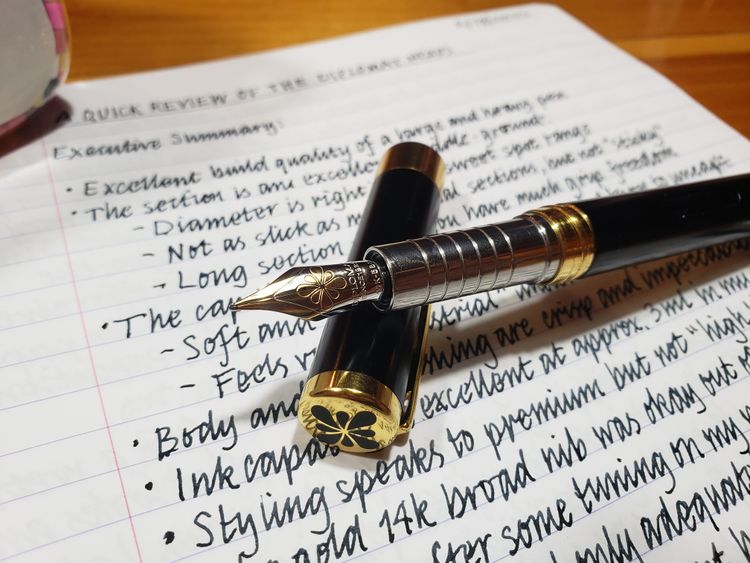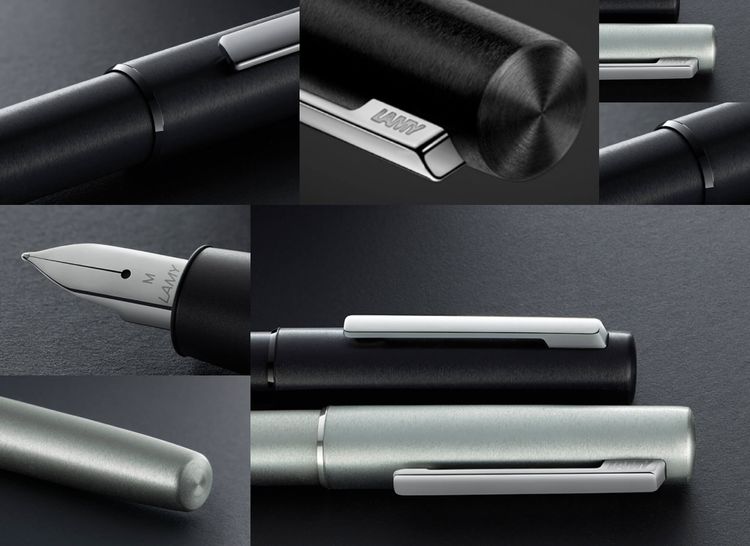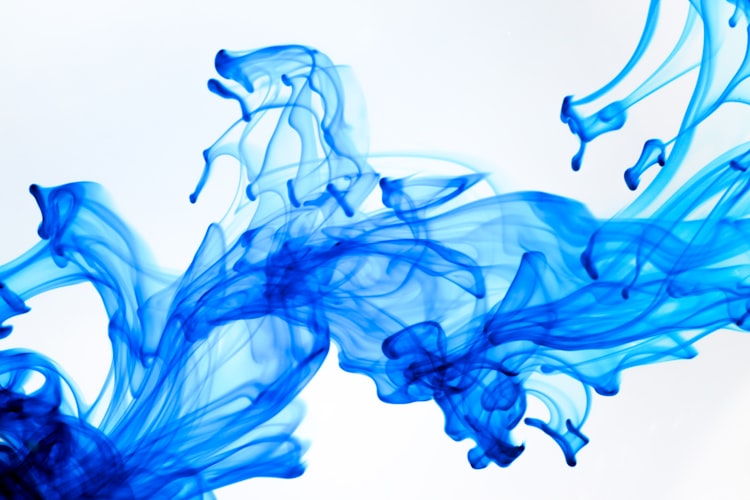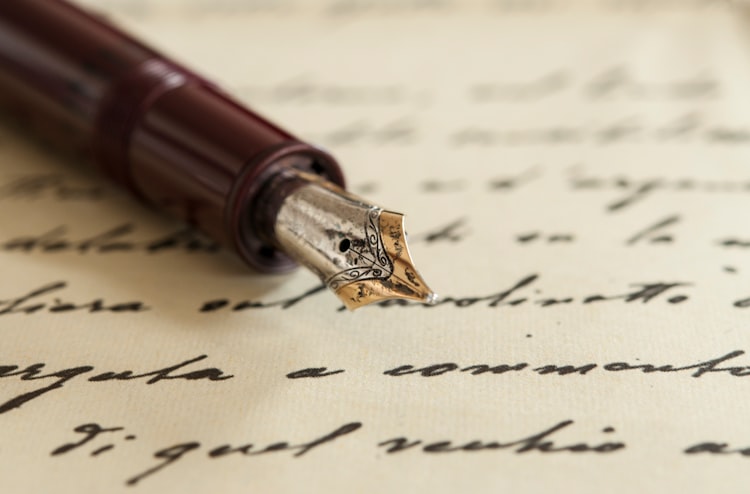Lamy 2000 vs. Lamy aion
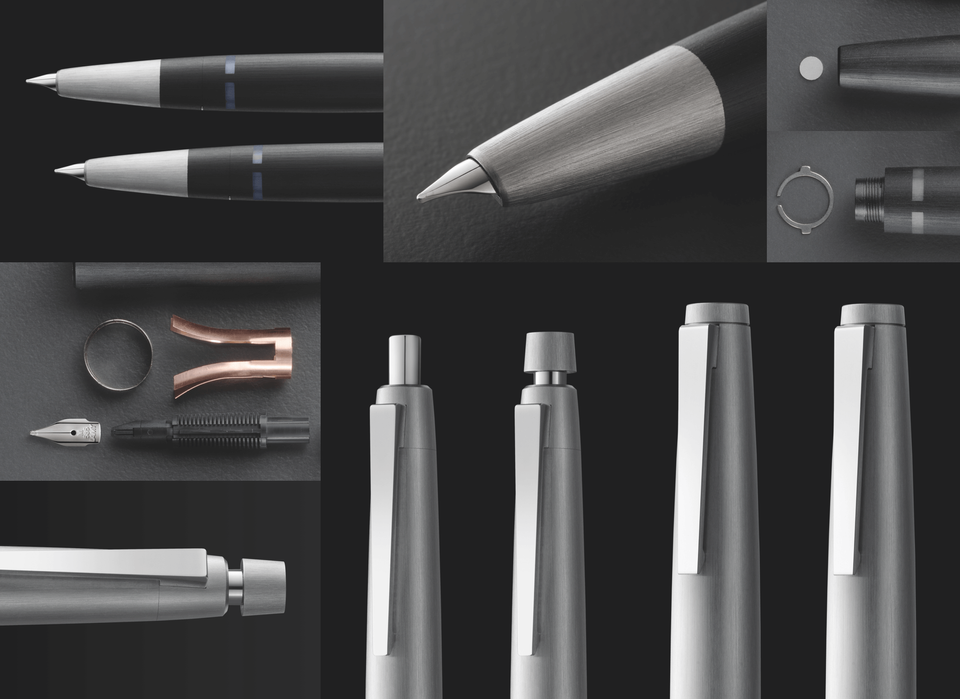
Given my fascination with Lamy and their LAMY aion model, I wanted to see how a gold-nibbed LAMY aion might compare against their famous and long-standing flagship, the LAMY 2000. I will try to make this short and sweet.
In appearance, including look, feel, and materials, I feel the LAMY aion wins in my eyes. The cool-to-touch aluminum and overall construction details with the elegant exposed gold nib just seems a more sophisticated and refined expression of LAMY design.
In build quality, fit, and finish, the LAMY aion is precise and keenly engineered, but I must acknowledge the subjective value that the piston-filler and more manual processes of making a 2000 contributes to the sense of craftsmanship. In particular, the additional attention paid to the unique grind of the 2000 adds a little something. The Aion feels like the better engineered pen with tighter tolerances and simpler, more efficient component design. The 2000 has the more subtle sense of human craftsmanship.
Ergonomically, the 2000 is a smaller pen that works unposted, but to me feels most at home posted. The Aion to me demands unposted use. The feel in the hand is better in shape with the Aion, but I will grant that the sense of nib control is less effortful with the 2000. You do not lose control or slip with either pen, but it is less work with the 2000. For long writing sessions, I think I give the edge to the 2000.
As for nib and feed, the 2000 is wet and stubby, with good line variation out of the box. This is the biggest win for the 2000: you cannot get an equivalent nib stock from Lamy to match the unique 2000 nib. The Aion nib required me to adjust the tines from the stock tuning to get something that I liked, but after that and thoroughly flushing the feed, I got a nice wet-writing pen that wrote well immediately on putting pen to paper and had a good sense of singing feedback.
On the other hand, the 2000 nib is exceptionally smooth and wet, but is more sensitive to writing angle because of the stub grind. Moreover, because of how smoothly the nib is ground, I do have some issues of a baby's bottom type effect, and the result is that the 2000 is not as "1st stroke reliable" as the Aion. I am sure a little professional tweaking would fix this, but I am not qualified to fix it myself. It is also easily remedied by ensuring perfect nib nib alignment on the first stroke and letting the nib contact the page with just a bit of force instead of the usual very light hand that I use.
I can recommend both nib/feed designs, but the 2000 has more quirks, shows more attention to detail, and probably comes more consistent from the factory, whereas the Aion system is more forgiving, more typical in line quality, and easier to tweak or play with, but extra nibs may not have the same level of consistency. The stock steel M nib on my Aion was quite good, so I am speaking more on the Lamy modular nib system as a whole relative to the 2000.
So, who is the winner? For me, if a stub nib is what you want, then the 2000 is my choice. For long writing sessions where the pen stays writing on the paper more than sitting on the desk or in the hand, then I would pick the 2000. But, if I wanted to take short, quick notes, such as in a lecture, or just wanted a pen that was a quick and easy jotter, where the pen sits more than writes, the easier to use nib, prettier look, better unposted balance, and better "quick start" reliability of the Aion would make life more pleasant than with the 2000, so I'd choose the Aion in such circumstances.
